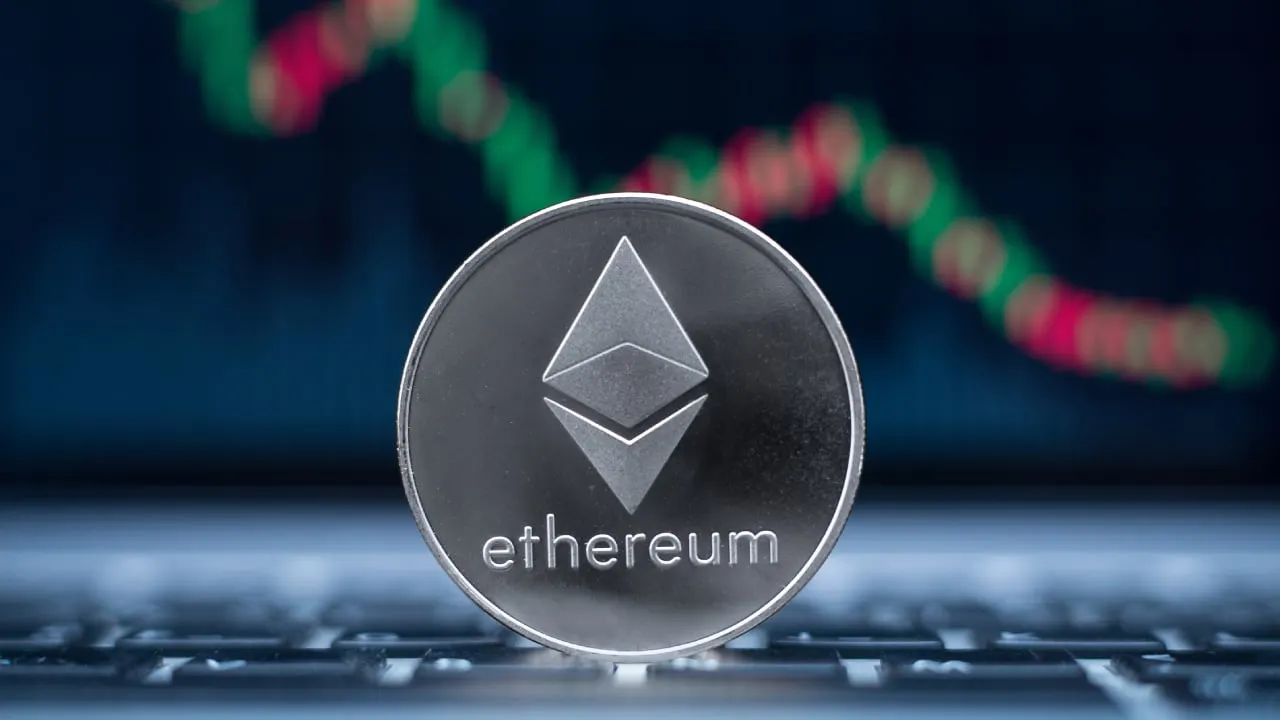The adage "buy the rumor, sell the news" often passes for sound fiscal advice.
Not today.
In the minutes following the successful implementation of Ethereum's historic Shanghai upgrade, which Wednesday evening enabled the withdrawal of staked ETH by the network's participants, the price of ETH remained largely unchanged, even ticking slightly upwards.
ETH stayed steady in the minutes following the merge, crawling up just a hair—.21%— to $1919.50 at writing, according to CoinGecko. That's up roughly 3% since yesterday evening.
More significant than those paltry gains is the fact that ETH did not drop sharply in price following Shanghai's successful implementation, as was widely expected. Often, traders buy up stocks or cryptocurrencies in anticipation of a major event impacting that asset, then sell it off en masse once the event occurs.
That's what happened in September, when the merge event transitioned Ethereum to proof of stake. Despite the event's remarkable technical success, ETH plummeted some 8% immediately following the news, as traders offloaded their positions.
Shanghai, while certainly significant to the Ethereum ecosystem, appears to have avoided making the same impact on ETH. The upgrade completed Ethereum's shift to a proof of stake network—in which users stake ETH with the network to validate on-chain transactions, and are reward for that participation with newly generated ETH—by enabling the withdrawal of staked ETH from the network. Previously, the $35 billion worth of ETH deposited with Ethereum had been locked up and inaccessible.
Making a dip in ETH's price post-Shanghai even more likely was the fact that the upgrade would permit tens of billions of ETH to be withdrawn, sold, and flood the market. Analysts expected more than $300 million worth of ETH to be liquidated immediately following Shanghai's launch.
But neither that factor, nor Shanghai's position as a notable, tradable moment in Ethereum's history, appear to have impacted ETH's price whatsoever, at least not yet. Why?
One reason may be that the majority of staked ETH has been deposited with Ethereum via intermediary staking pools and centralized crypto exchanges, many of which issue staking tokens to customers. In that sense, much of the capital supposedly kept hostage pre-Shanghai has actually been liquid for some time.
"Most people have been able to sell [staked ETH] for quite some time, because the majority of ETH is being staked through platforms with liquid staking programs, like Lido or Rocket Pool," Jacobc.eth, head of product at Ethereum layer-2 Mantle, previously told Decrypt. "So I don't think [Shanghai] actually represents a major shift in the economics of Ethereum."
Matthew Niemerg, co-founder of privacy-enhancing blockchain network Aleph Zero, recently concurred: “To be more direct, it's priced in,” he said.
The difference between Shanghai's market impact, and that of the merge in September, could also be seen in how both events impacted ETH's price in the days leading up to their execution. In the five days preceding the merge, ETH's price dropped 10%. It would go on to drop another 15% in the days following. In the five day leading up to Shanghai, however, ETH climbed up 3%.

